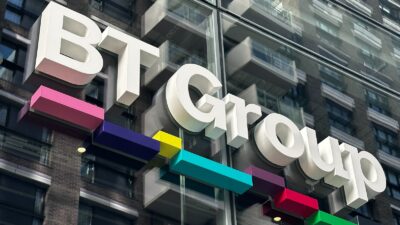There’s no denying that Royal Bank of Scotland (LSE: RBS) (NYSE: RBS.US) has rewarded shareholders well this year, and it looks set to end 2013 on a high.
At 366p today, that’s a gain of 31% over its 279p price a year ago, with the FTSE 100 16% up over the same period. Of course, you would need to add 2.9% to the FTSE figure to cover its average dividend yield in order to get a proper comparison, while RBS hasn’t paid out a penny — but RBS is still well ahead of the index.
It’s been higher
The share price has actually been higher since the slump of 2009 and the UK government’s bailout — taxpayers still own 81% of the bank. In fact, the shares topped 576p in August 2009, and again approached 560p in April the following year.
So why is the latest bull run any more sustainable than that, and is 2013 really the bank’s turnaround year?
Well, that early post-bailout optimism was not based on any quantitative evidence and now appears somewhat premature, but this year we really do strong support for RBS’s return to financial health. City analysts are forecasting more than £1bn in pre-tax profit currently forecast for the year to December 2013, and that comes after a hefty £5bn loss recorded for 2012.
Show us the cash
And the profits have already started to roll in. Back in August 2013, RBS reported a £1,374m pre-tax profit for the six months to June, compared to a loss of £1,682m for the first half of 2012, telling us that the period amounted to “its first two consecutive quarters of overall profit since 2008“. Profit attributable to shareholders came in at £535m, compared to a loss of more than £2bn for 2012’s first half.
That alone would not be enough to restore confidence in the bank, but RBS has also made very good progress against the Prudential Regulation Authority’s new capitalisation requirements, which are aimed at reducing a repeat of a similar credit squeeze.
As of June 2013, RBS had boosted its Core Tier 1 ratio to 11.1%, or 8.7% on a fully loaded Basel III basis, and expects the latter to reach 9% by the end of the year, saying that it “incorporates the capital needed to fund targeted loan growth“.
The bank also told us its liquidity metrics are strong, and that the quality of its credit is improving — impairments for the first half of the year were down 15% in its core business, and down 24% in non-core areas.
The future
Looking further ahead, analysts are predicting a further 75% growth in pre-tax profit for the year to December 2014, with earnings per share up proportionately. That should bring the shares’ price-to-earnings valuation down to 12, below the long-term FTSE average of 14 and significantly under the mooted figure for this year of 21.
We should also see a return to dividends next year, albeit with a yield of only around 0.5%.
All in all, 2013 looks like being a great one for RBS shareholders.






